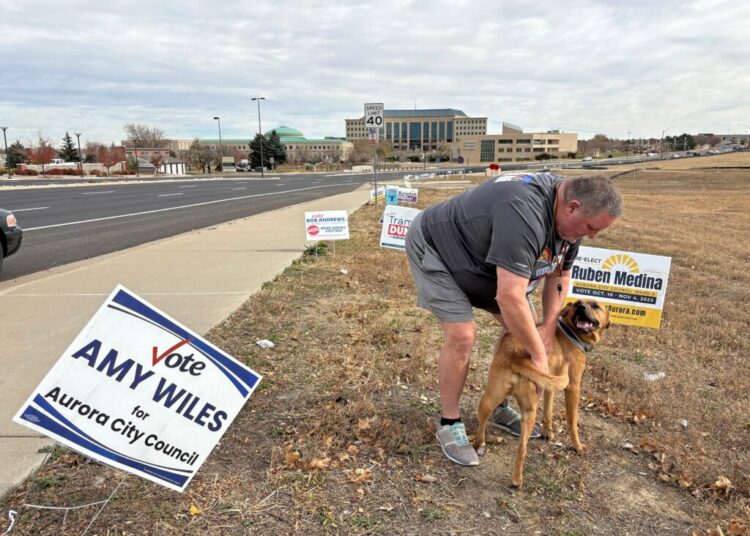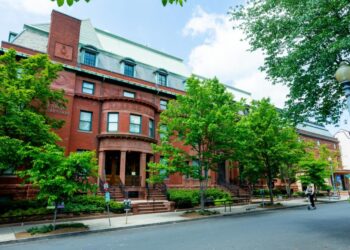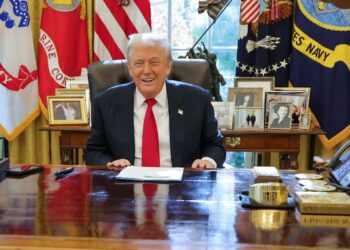
They came from the Andes in Ecuador and the Amazon rainforest in Peru. They were joined by activists from the Brazilian forests and savannas. Together, they numbered in the thousands, young and old, women and mené
Indigenous people arrived at this year’s international climate summit in Belém, Brazil, in greater numbers than ever before. In part, that was by design — Brazil chose Belém, at the edge of the Amazon, to highlight the impact of climate change on Indigenous communities. Those who journeyed to Belem had one unifying goal: to make sure their voices are no longer ignored when nations of the world gather to figure out how to curb rising global temperatures.
They were there to draw attention to the destruction of their territories as a result of gold mining and oil drilling. And they were there to demand recognition for their work to protect some of the world’s most biodiverse forests, work that protects the rest of the planet from greater harm.
“Time is ticking,” said Katty Gualinga, 25, an Indigenous youth leader from Ecuador who traveled by bus and boat to Belém. “Forests are drying. Heat is rising. Nevertheless, we are the ones protecting life in the forest.”
Her journey took 31 days. It began on a glacier on the Cayambe Volcano in the Ecuadorean Andes and continued on a boat, picking up dozens of Indigenous leaders from Peru, Colombia and Brazil. They stopped in Indigenous territories along the way, sharing experiences of life on the front lines of climate change. They called their journey the Yaku Mama, a play on a Quechua term that means “the mother of water.”
The post Indigenous People, Long Sidelined at Climate Talks, Take the Stage in Brazil appeared first on New York Times.



